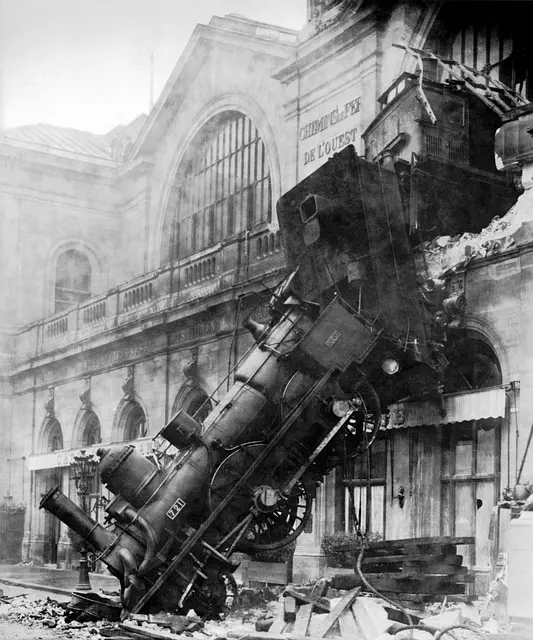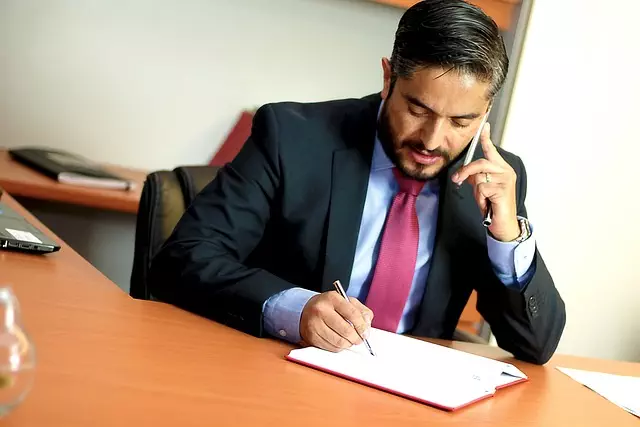In New York City, where workplace safety is governed by strict regulations, a NY head injury lawyer plays a vital role in preventing and managing head injuries. These lawyers educate employers about compliance with Occupational Safety and Health (OSH) guidelines, focusing on fall protection, machinery safety, and protective equipment like hard hats. By emphasizing prevention, they help reduce the risk of severe brain injuries, which have significant legal implications. Interactive training, case studies, and collaboration between lawyers and HR departments can foster a culture of safety, ensuring employees' well-being in high-risk industries.
In New York, ensuring workplace safety is not just a moral obligation but also a legal requirement. With strict regulations in place, understanding and adhering to these guidelines is crucial to prevent accidents, especially head injuries—a leading cause of occupational fatalities. A NY head injury lawyer plays a pivotal role in promoting safety through training, offering expertise on regulatory compliance and advocating for victims’ rights. This article explores essential training components and real-life case studies, emphasizing the vital role lawyers play in fostering a safer work environment.
- Understanding Workplace Safety Regulations in New York
- Common Causes of Head Injuries at the Workplace
- The Role of a NY Head Injury Lawyer in Workplace Safety Training
- Essential Components of Effective Workplace Safety Training
- Case Studies: Success Stories of Workplace Safety Advocacy
Understanding Workplace Safety Regulations in New York

In New York, workplace safety regulations are strictly enforced to protect employees from hazardous conditions. The state’s Occupational Safety and Health (OSH) program, administered by the Department of Labor, sets standards for a wide range of industries. These regulations cover various aspects, including but not limited to, fall protection, hazard communication, machinery safety, and personal protective equipment (PPE). Failure to adhere to these guidelines can result in significant penalties for employers, emphasizing the importance of comprehensive training.
For instance, the New York OSH code places a strong emphasis on preventing head injuries, given their potential severity. This includes mandating the use of hard hats or other protective gear in construction sites and other high-risk environments. Additionally, the code requires regular inspections and maintenance of equipment to ensure it operates safely. A ny head injury lawyer can provide crucial insights into these regulations and assist employees who have suffered workplace injuries due to negligence.
Common Causes of Head Injuries at the Workplace

Head injuries are a significant concern in any workplace, and understanding common causes is essential for preventing accidents and managing legal implications. In New York City, where bustling industries and diverse work environments thrive, the risk of head trauma cannot be overlooked. Whether it’s construction sites, factories, or offices, various factors contribute to head injuries.
One of the leading causes is falls from heights, a concern prevalent in building maintenance, construction, and warehouse settings. Collisions with objects, especially in fast-paced environments like manufacturing plants or busy hospitals, can result in severe head trauma. Additionally, repetitive impact injuries, often seen in jobs involving heavy machinery or long hours on hard surfaces, can lead to cumulative head damage. A ny head injury lawyer is increasingly necessary as these incidents can have severe legal repercussions and lasting physical effects on workers.
The Role of a NY Head Injury Lawyer in Workplace Safety Training

In the context of workplace safety training, a NY Head Injury Lawyer plays a pivotal role in ensuring that employers prioritize employee well-being, especially regarding potential head injuries. These legal professionals are equipped to educate businesses on the latest regulations and best practices to create safer work environments. They can help identify hazards, provide guidance on proper protective equipment, and develop comprehensive safety protocols, thereby reducing the risk of severe brain injuries.
By engaging a NY Head Injury Lawyer, organizations can benefit from their expertise in navigating complex legal and regulatory frameworks. These lawyers often collaborate with HR departments to implement training programs that cover emergency response procedures, recognizing symptoms of head trauma, and post-injury care. Their involvement encourages a culture of safety, where prevention is a top priority, ultimately safeguarding employees from potential long-term effects of head injuries.
Essential Components of Effective Workplace Safety Training

Effective workplace safety training is pivotal in fostering a secure and healthy work environment, particularly for legal professionals navigating complex cases involving injuries or liabilities. A comprehensive program should encompass several key components to ensure maximum impact.
Firstly, it’s crucial to cover NY state-specific regulations and standards pertaining to workplace safety, especially for high-risk occupations. Legal teams must be educated on identifying potential hazards in their specific work settings, such as those leading to head injuries—a common concern highlighted by many ny head injury lawyers. Additionally, interactive training sessions with practical exercises can enhance learning retention. Incorporating real-life case studies and scenarios allows employees to apply safety protocols, fostering a culture of proactive risk management.
Case Studies: Success Stories of Workplace Safety Advocacy

Workplace safety training is not just about preventing accidents; it’s about advocating for a healthier, more secure environment, especially in high-risk industries. Case studies of successful workplace safety advocacy can serve as powerful tools for legal professionals specializing in this field, like New York head injury lawyers. These stories showcase the tangible impact of proactive measures and legal action, inspiring change and raising awareness.
For instance, consider a scenario where a law firm in Queens, New York, collaborated with workers’ rights organizations to conduct comprehensive training sessions on workplace violence prevention. Through these sessions, employees learned to identify potential threats, report incidents, and de-escalate situations. Consequently, the company experienced a significant reduction in reported incidents of harassment and assault, creating a safer atmosphere for all. Such success stories not only highlight the importance of continuous training but also emphasize the role legal experts can play in implementing and enforcing safety protocols, ensuring businesses uphold their responsibility to protect their employees.
Workplace safety is a collective responsibility, and understanding regulations like those in New York is essential. By identifying common hazards, like those leading to head injuries, and implementing robust training, businesses can create safer environments. A NY head injury lawyer plays a vital role in advocating for effective safety programs, ensuring compliance, and holding negligent employers accountable. Through case studies, we see the positive impact of proactive workplace safety measures, highlighting the importance of continuous education and adaptation in the ever-evolving landscape of occupational health and safety.
